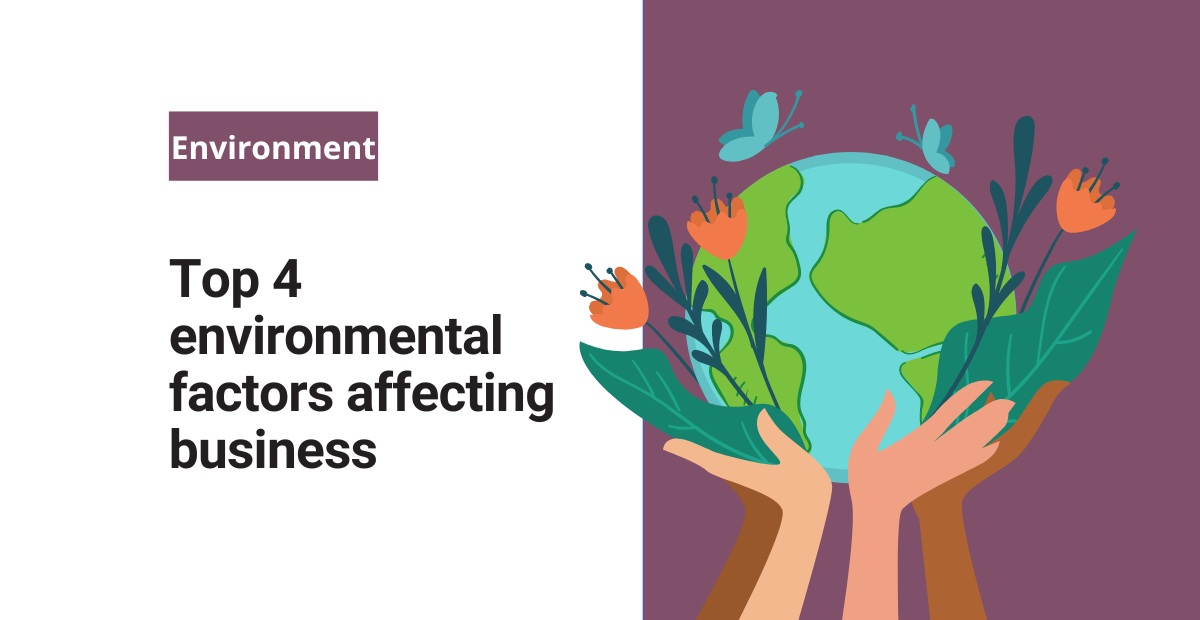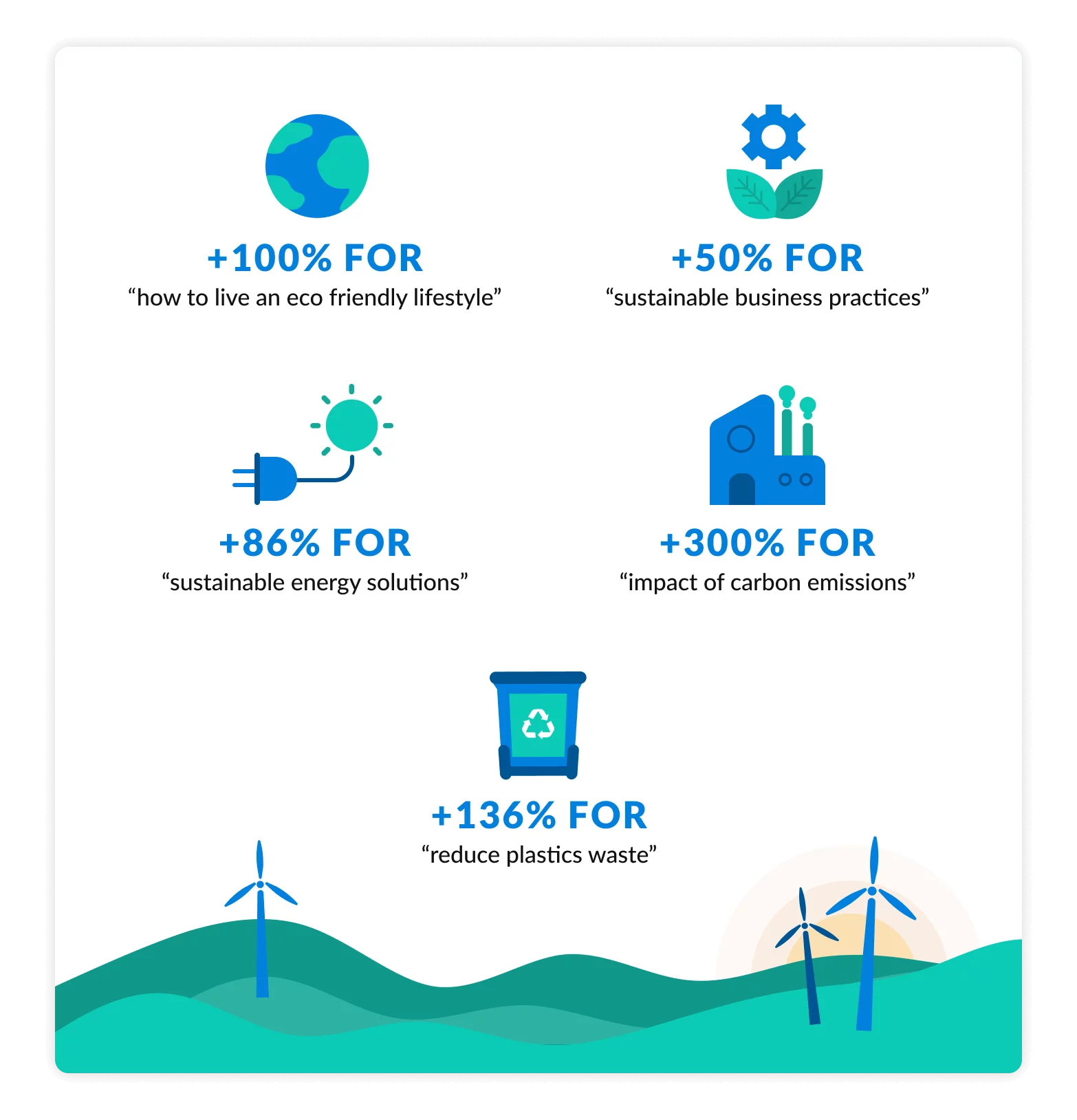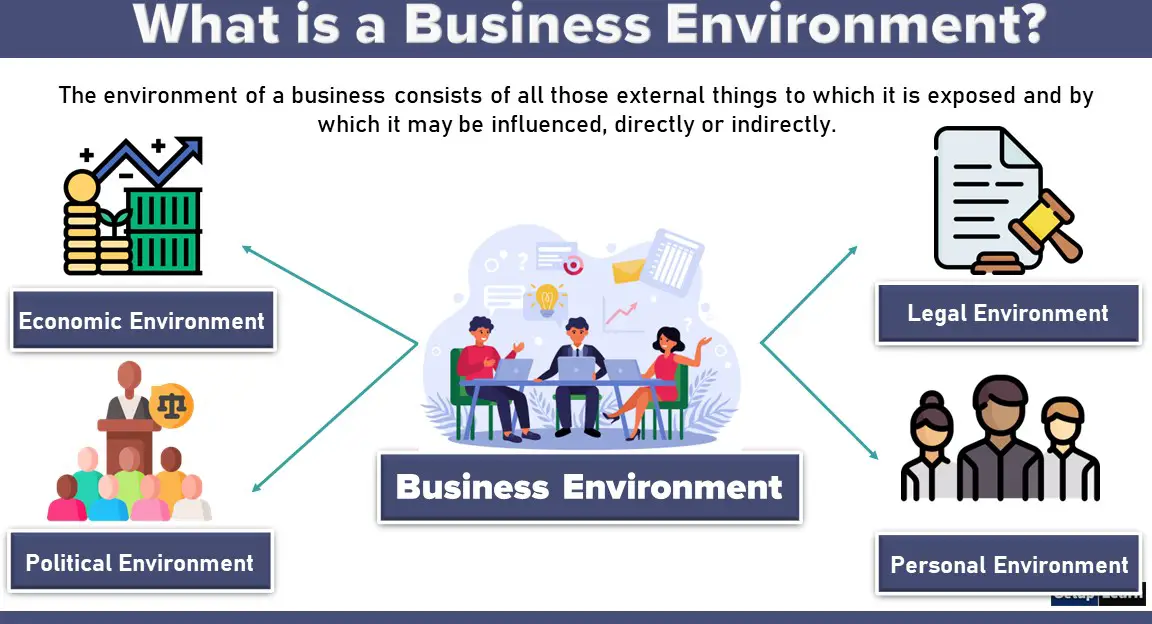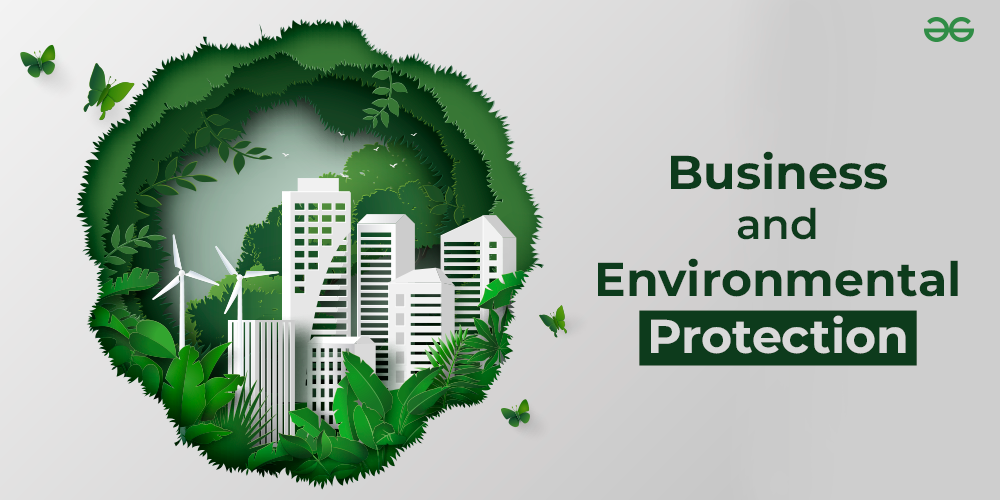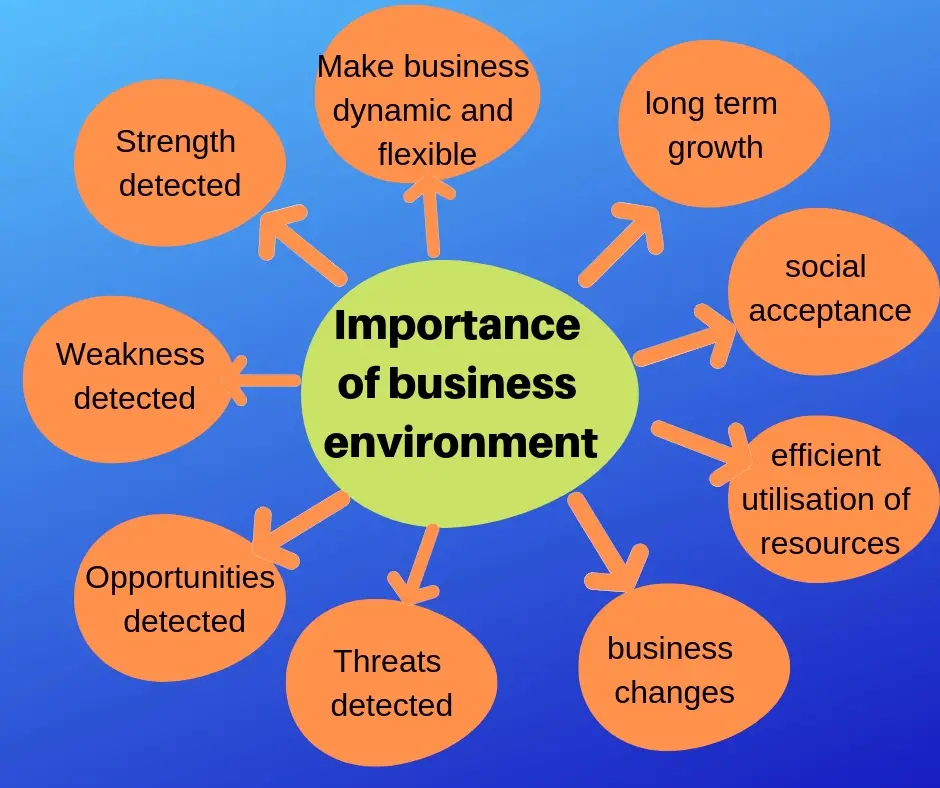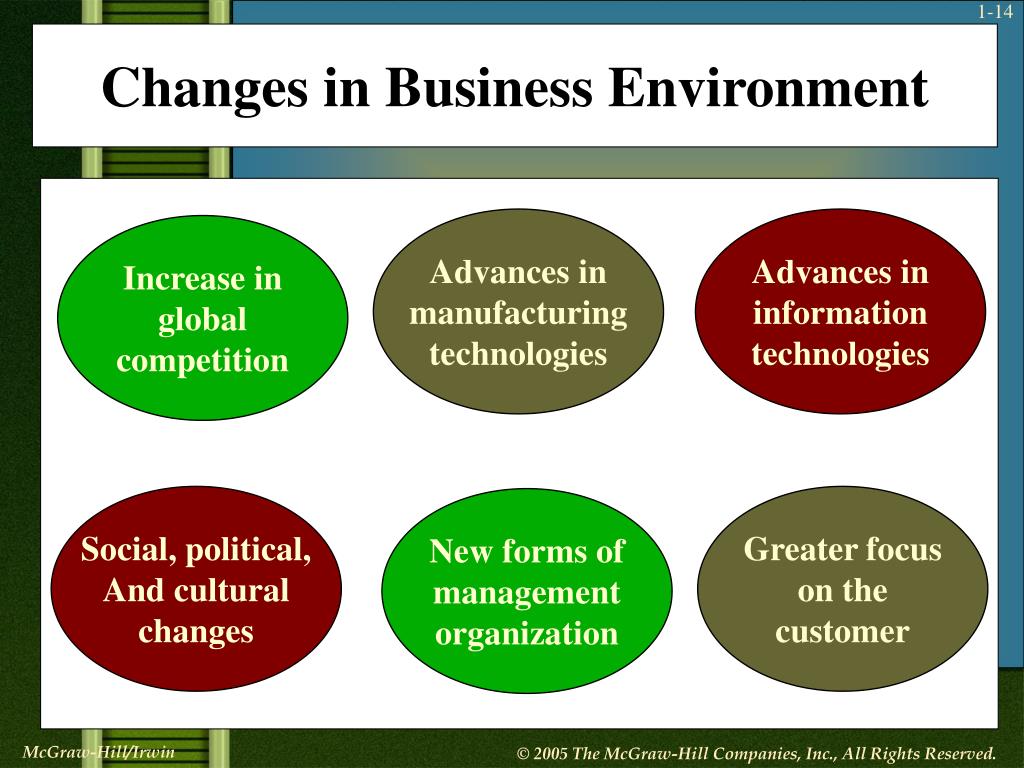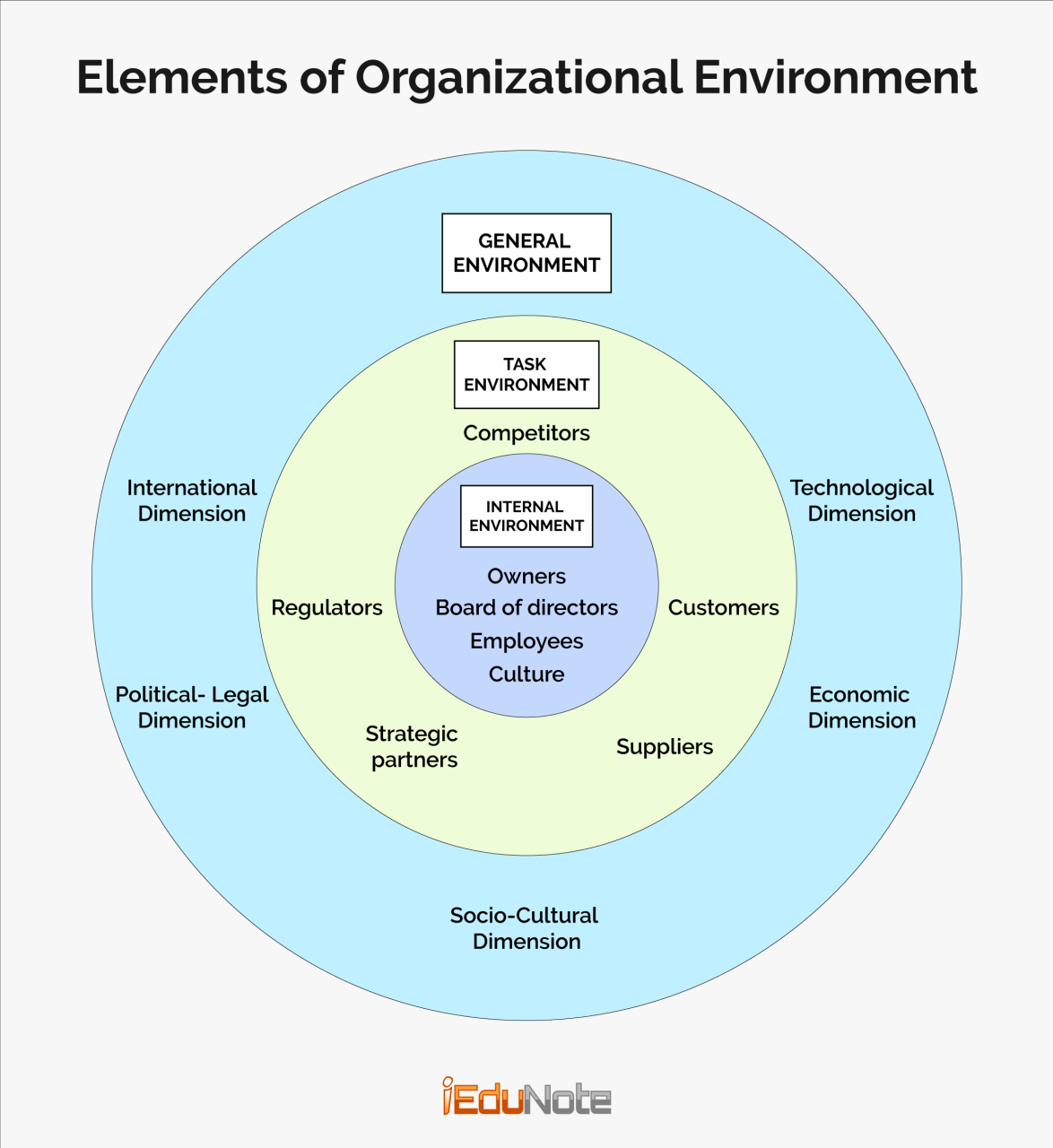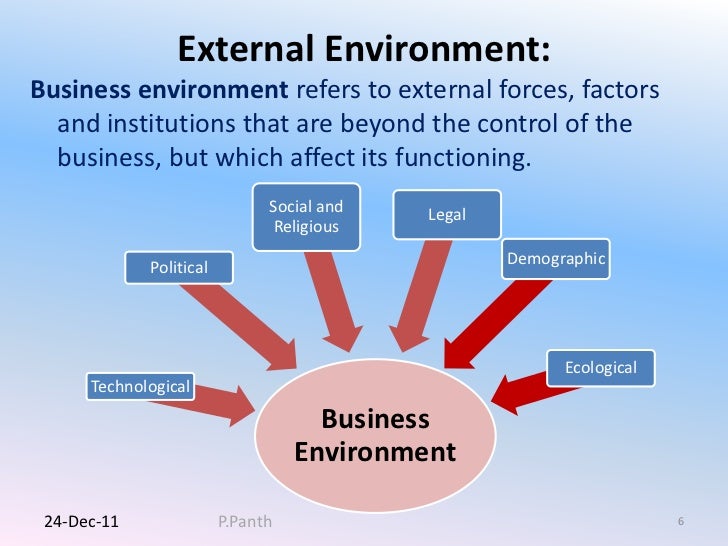How The Environment Affects Business

From extreme weather events disrupting supply chains to evolving consumer preferences for sustainable products, the environment is increasingly shaping the business landscape. Companies are no longer able to operate in isolation from ecological realities; rather, environmental factors are becoming integral to strategic planning and operational efficiency.
The growing interplay between the environment and business stems from a number of factors. This includes tightening regulations, heightened public awareness, and the escalating consequences of climate change. Understanding this dynamic is crucial for businesses seeking long-term viability and resilience.
The Direct Impacts of Climate Change
Perhaps the most visible environmental impact on business comes from climate change. Rising temperatures, altered precipitation patterns, and more frequent extreme weather events – like hurricanes, floods, and droughts – directly affect businesses across various sectors.
Agriculture is particularly vulnerable, with changing weather patterns impacting crop yields and livestock productivity. Farmers are facing increased challenges in maintaining consistent production, leading to higher food prices and potential supply shortages.
The insurance industry is also feeling the pressure. Increased claims related to weather-related damages are forcing insurers to re-evaluate their risk models and raise premiums, impacting businesses that rely on insurance coverage.
Resource Scarcity and Supply Chain Disruptions
Beyond climate change, the increasing scarcity of natural resources poses another significant challenge. Water shortages, depletion of mineral reserves, and deforestation can all disrupt supply chains and increase operating costs for businesses.
Manufacturing companies that rely on raw materials are particularly vulnerable to price volatility and supply disruptions. Mining operations, for example, face increasing pressure to operate sustainably and minimize their environmental impact, leading to higher extraction costs.
Transportation networks are also susceptible to environmental risks. Rising sea levels and extreme weather events can damage ports, railways, and roadways, disrupting the flow of goods and services. The World Bank estimates that climate-related infrastructure damage could cost developing countries billions of dollars annually.
Regulatory Pressures and Evolving Consumer Preferences
Government regulations aimed at protecting the environment are also shaping business practices. Stricter emission standards, waste management requirements, and environmental impact assessments are forcing companies to adopt more sustainable practices.
Non-compliance with environmental regulations can result in hefty fines and reputational damage. Many companies are now proactively investing in green technologies and sustainable business models to stay ahead of the regulatory curve.
Furthermore, consumer preferences are shifting towards environmentally friendly products and services. A recent study by Nielsen found that a significant percentage of consumers are willing to pay more for products from companies committed to sustainability.
Opportunities for Sustainable Innovation
While the environmental challenges facing businesses are significant, they also present opportunities for innovation. Companies that embrace sustainability can gain a competitive advantage by developing new products and services that address environmental concerns.
The growing demand for renewable energy is creating opportunities for companies in the solar, wind, and hydro power sectors. The development of sustainable packaging materials is also a rapidly growing market.
By integrating environmental considerations into their core business strategies, companies can not only mitigate risks but also unlock new sources of value. This may involve reducing waste, conserving resources, or developing innovative solutions to environmental problems.
Looking Ahead
The relationship between the environment and business will only intensify in the coming years. Companies that fail to adapt to this changing landscape risk losing market share, facing regulatory scrutiny, and damaging their reputations.
Experts suggest that businesses need to adopt a proactive approach to environmental sustainability, integrating it into all aspects of their operations. This includes setting ambitious environmental targets, investing in green technologies, and engaging with stakeholders to build trust and transparency.
Ultimately, the long-term success of businesses will depend on their ability to operate sustainably within the planet's ecological limits. Embracing environmental responsibility is not just a matter of corporate social responsibility; it is a fundamental requirement for long-term business viability.


